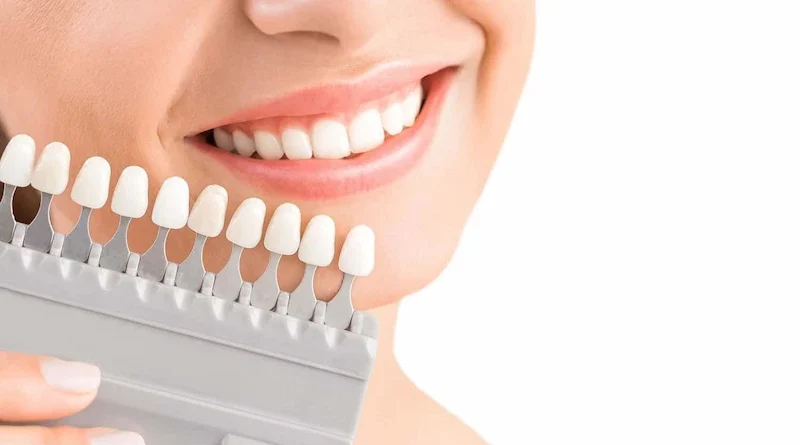Dental Veneers vs. Bonding: Understanding the Differences and Uses
When it comes to improving your smile, dental veneers and bonding are two popular options that address similar cosmetic concerns, such as chipped, discolored, or uneven teeth. Both treatments enhance the appearance of your teeth, but they differ in materials, application, and longevity. Veneers typically involve thin porcelain shells that provide a more durable and stain-resistant finish, whereas bonding uses composite resin for quicker and more affordable results.
Choosing between these options often depends on your aesthetic goals, budget, and dental health. Consulting a cosmetic dentist Walnut Ridge AR can help determine which treatment best suits your needs. With professional guidance, you can achieve a natural-looking, confident smile tailored to your preferences and lifestyle.
What Are Dental Veneers?
Dental veneers are very thin shells, often made of porcelain, placed on teeth to improve their appearance by matching the natural color, shape, and size of the teeth. They are stain-resistant, durable, and enhance dental aesthetics. The procedure requires two visits: the first for preparing the teeth and taking impressions, and the second for bonding the veneers. They effectively address issues like discoloration, minor misalignment, chips, and irregular shapes.
What Is Dental Bonding?
Dental bonding involves applying tooth-colored composite resin to repair small imperfections such as chips, gaps, or discoloration. The dentist prepares the tooth, applies and shapes the resin, then hardens it with a curing light. Typically completed in a single visit, bonding provides a fast and cost-effective cosmetic enhancement without the need for extensive procedures.
Key Differences Between Veneers and Bonding
- Material and Appearance: Porcelain veneers offer a highly natural, translucent look and resist staining more effectively than composite bonding. Bonding, while versatile, may lose its luster over time and is more prone to discoloration.
- Durability: With proper care, porcelain veneers can last 10 to 15 years or longer, while bonding typically lasts 3 to 10 years before needing repair or replacement.
- Procedure Time: Veneers require at least two dental visits and careful laboratory fabrication. In contrast, bonding is often performed in a single visit, offering faster results for smaller corrections.
- Cost: The cost of veneers is generally higher due to materials, lab work, and expertise involved, whereas bonding is a more economical option for minor corrections.
Suitability for Different Dental Concerns
- Minor Imperfections: Bonding is ideal for quick fixes such as small chips, thin cracks, or modest gaps, delivering immediate cosmetic enhancement at a lower price.
- Severe Discoloration: For deeply stained or darkened teeth that don’t respond to whitening, veneers are the preferred option as they cover the entire front surface and remain resilient against future staining.
- Shape and Size Correction: Veneers provide comprehensive and lasting solutions for dramatically altering tooth shape, size, and even minor alignment issues.
For further comparison on the pros and cons of bonding and veneers, browse the insights offered by the American College of Prosthodontists’ resource on veneers.
Consulting with a Dental Professional
Choosing between veneers and bonding should be done in partnership with a skilled cosmetic dentist. They will evaluate your oral health, discuss your cosmetic goals and budget, and help you weigh the advantages and limitations of each option. This thorough approach will ensure that the treatment you select addresses both your health needs and your desire for an attractive, lasting smile.
Conclusion
Dental veneers and bonding both provide significant benefits for enhancing the appearance of your smile. While veneers offer greater durability and a more natural appearance for broader changes, bonding delivers quick, cost-effective improvements for minor flaws. By understanding the differences between these options, you’re well-equipped to work with your dental professional for a solution that complements your unique dental needs and aesthetic vision.
Visit the rest of the site for more interesting and useful articles.

